Teacher’s Toolkit: A Poetry Picnic and a Turkey Named Ramone
What do a fishing rod, a bushel basket, and train whistle have to do with fifth grade anyway?
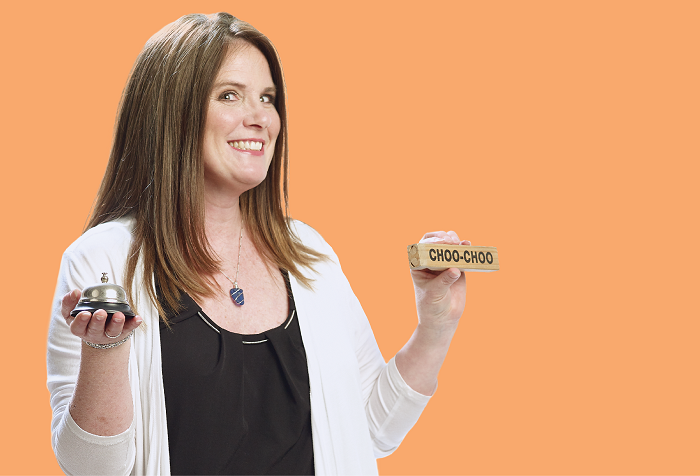
“I’m a Chesapeake girl and grew up trot-lining blue crab with my dad. Now I live on the banks of Hunting Creek with my husband, teen boys, and a menagerie of chickens, ducks, dogs, cats, turkey, and recently pigeons. I like to travel, especially with girlfriends, most recently experiencing southwest Ireland last July.” — Beth Roe
BELL, TRAIN WHISTLE
See portrait above When students hear one of these, they know to stop what they’re doing and look at me for further instruction.
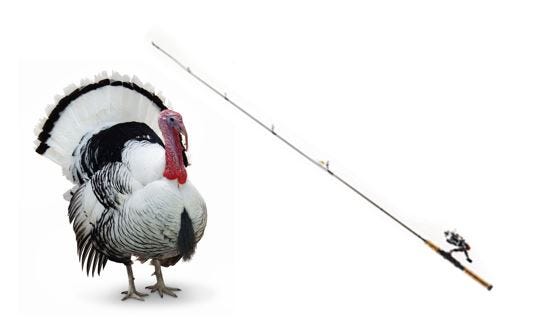
OUR TURKEY RAMONE, OYSTER SHELLS, BUSHEL BASKET, AND A FISHING ROD
Developing rapport is essential — students begin to trust you and know that they matter. I tell them about my family, my animals, my life on a tributary of the Chesapeake Bay.
I bring these into math problems, the climate of social studies, and environmental science.
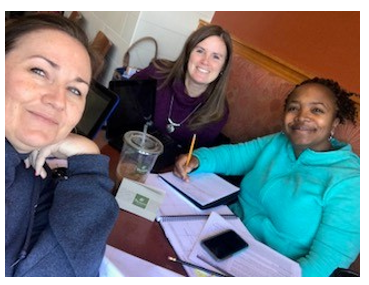
COLLEAGUES, LAPTOPS, AND PANERA BREAD On a recent Sunday, my teammate, another fifth-grade teacher from a nearby school, and I met at Panera Bread to plan math lessons.
A couple eating at the table beside us asked if we were teachers working together on a Sunday. We confirmed that we were. “This isn’t much,” the woman said, “but we wanted to thank you for all that you do.” Then she handed us each a $20 Panera gift card. Turns out that their son is a young teacher in Prince George’s County. What a random act of kindness!
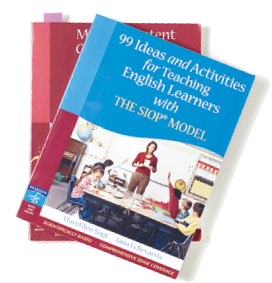
TEACHER RESOURCE BOOKS
Years ago, I took a four-day summer workshop introducing participants to instructional strategies intended to help ELLs, including this book — 99 Ideas and Activities for Teaching English Learners with The SIOP Mode.
I’ve found that these are great techniques for all learners, allowing them to share ideas in creative, fun ways.
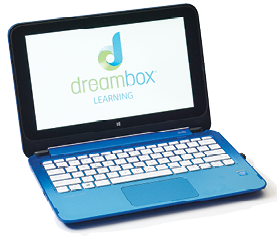
DREAM BOX
Our county provides a license to each elementary student for this online program. Students practice math at their own pace both at home and school.
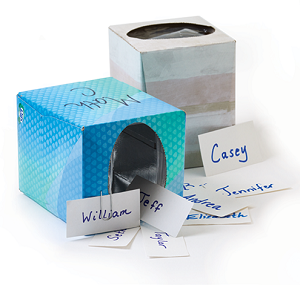
EVERYONE’S IN THE GAME!
I put the names of students in each class inside empty boxes of tissue. I pull the names of students to call on, ask students to pull a name to call on next, or I randomly group students.
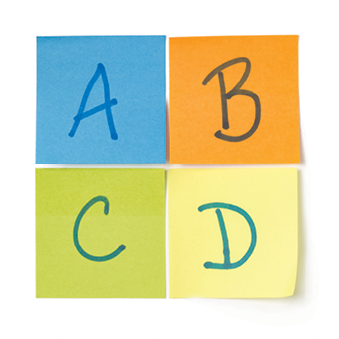
ABCD POST-ITS
Desks are arranged into groups of four, each with a colorful post-it note on top that I use to assign tasks. For example: A gets the thermometer; B gets the hot water; C gets the cold water; and D gets the recording sheets for data.
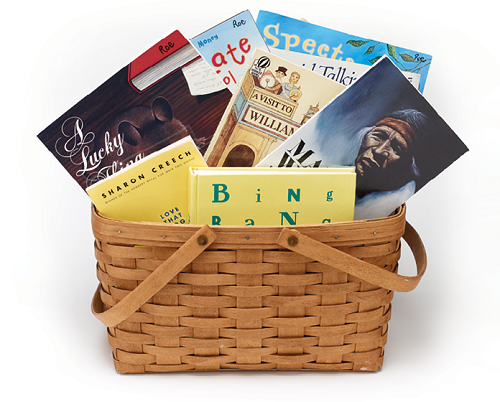
THE POWER OF POETRY
I like to hear words sing to students as the rhythm, rhyme, alliteration, and similes roll from the pages. At our annual Poetry Picnic, we spread blankets across the floor or on the grass outside and pore over our collection of poetry books.

